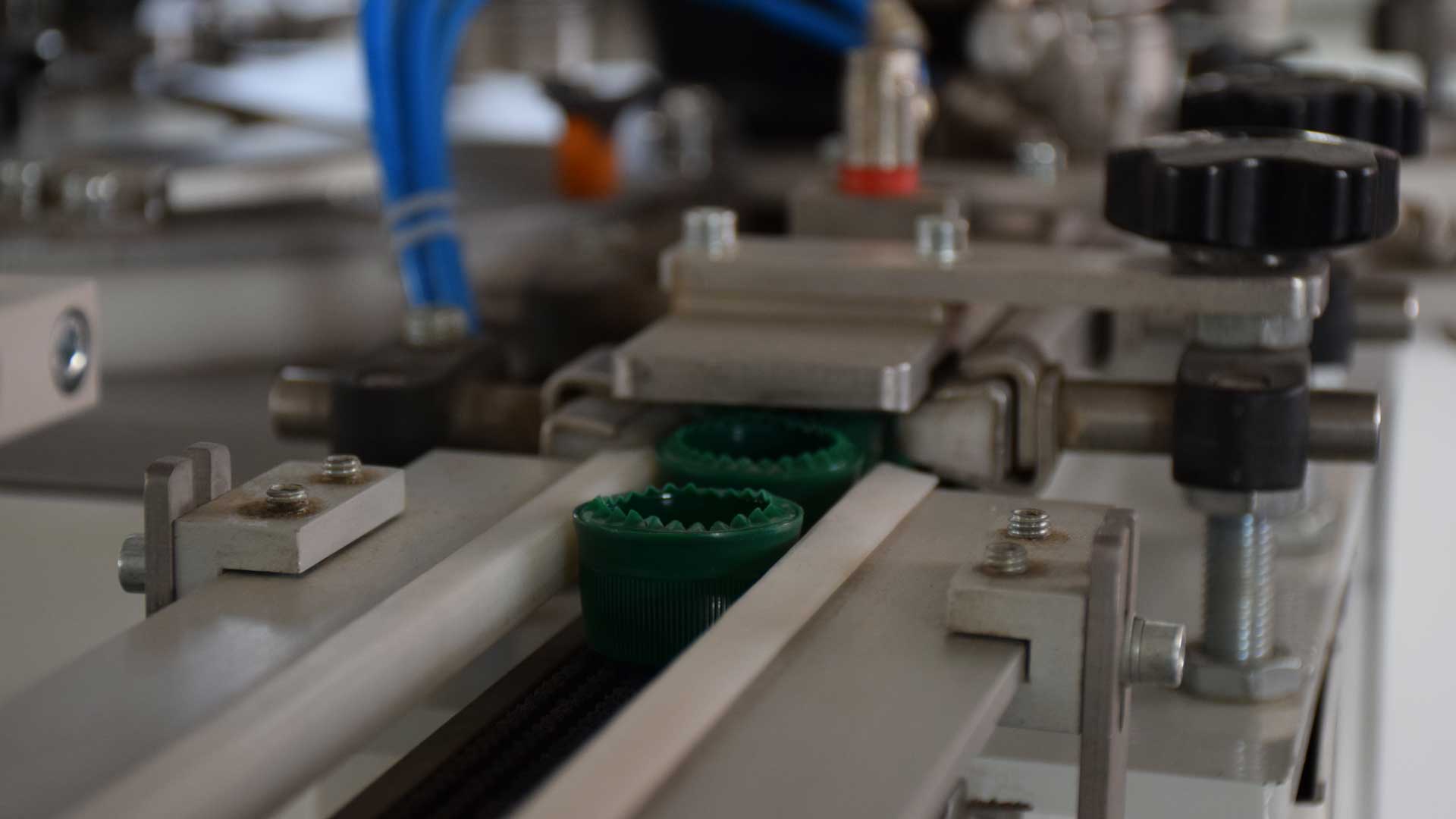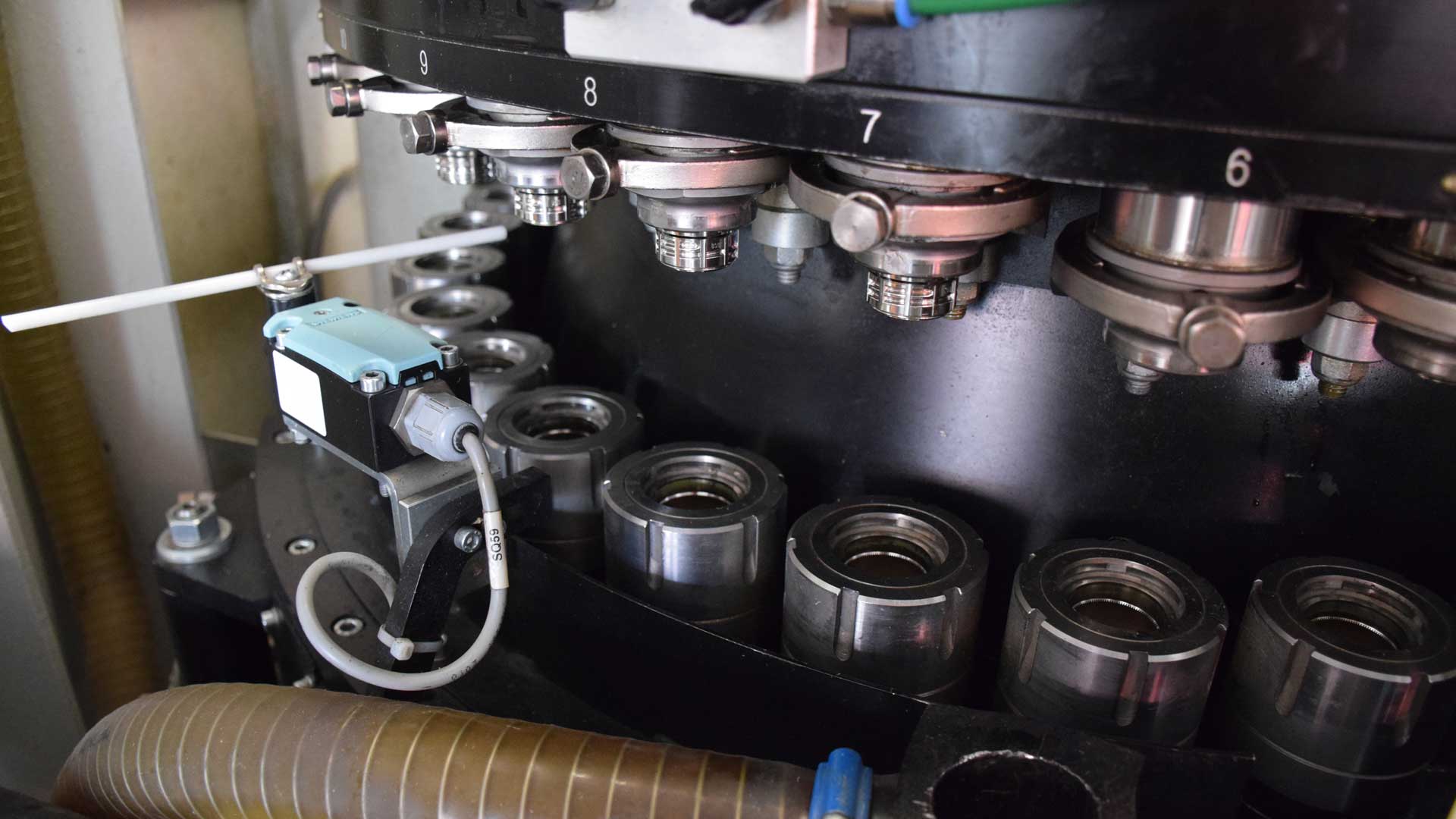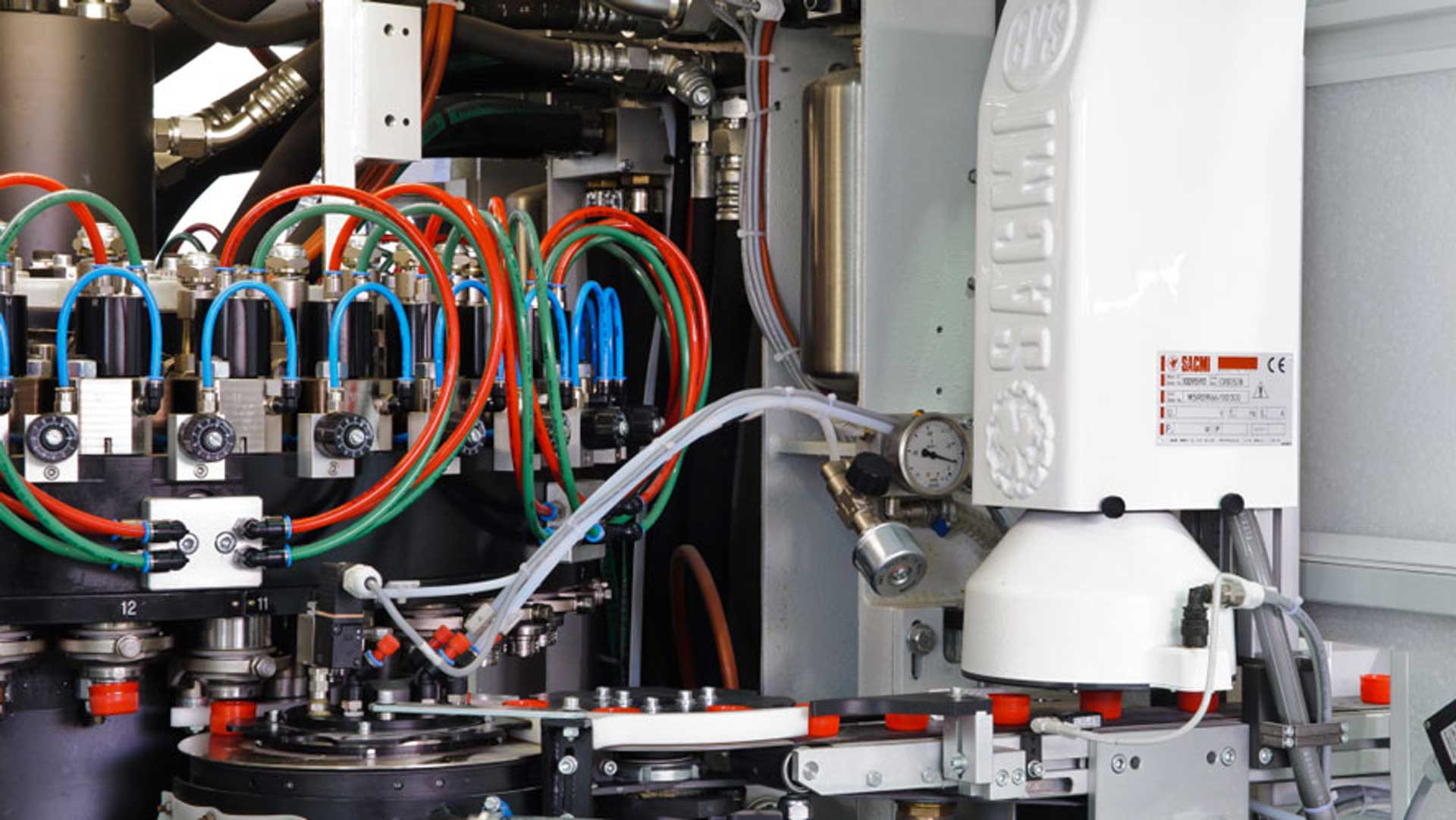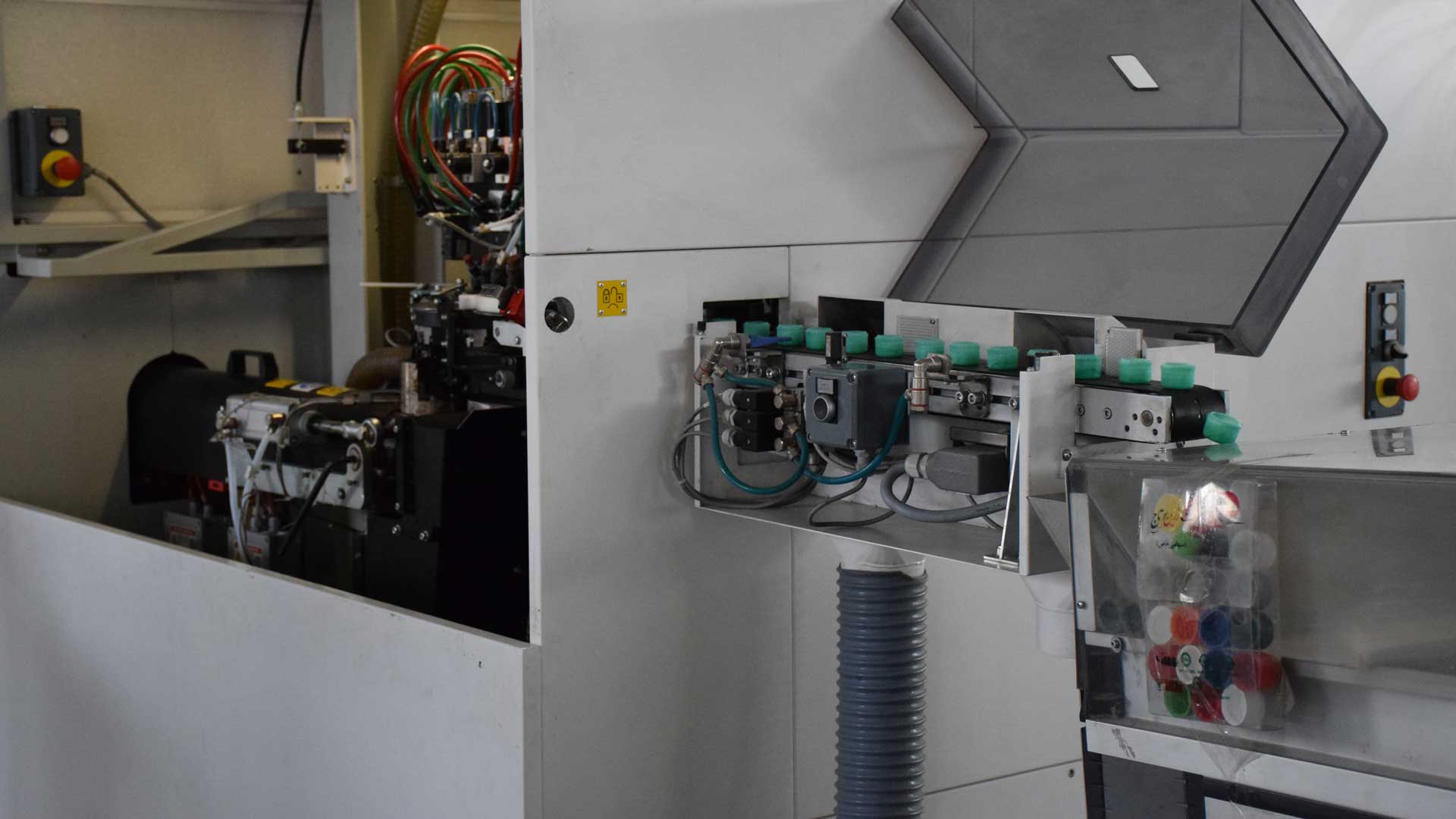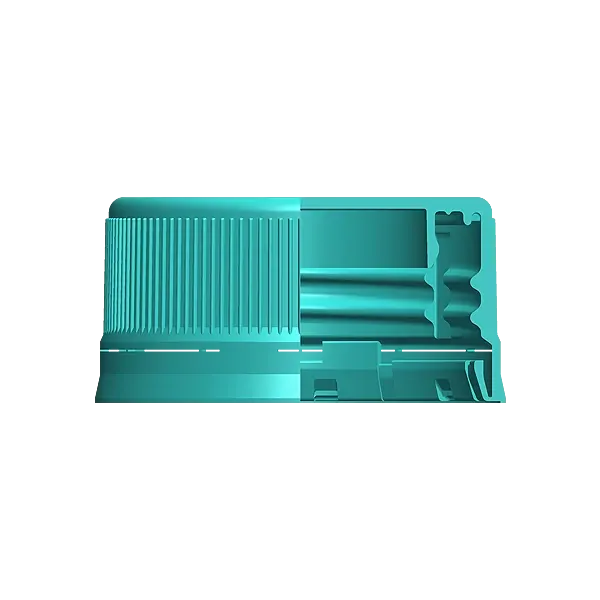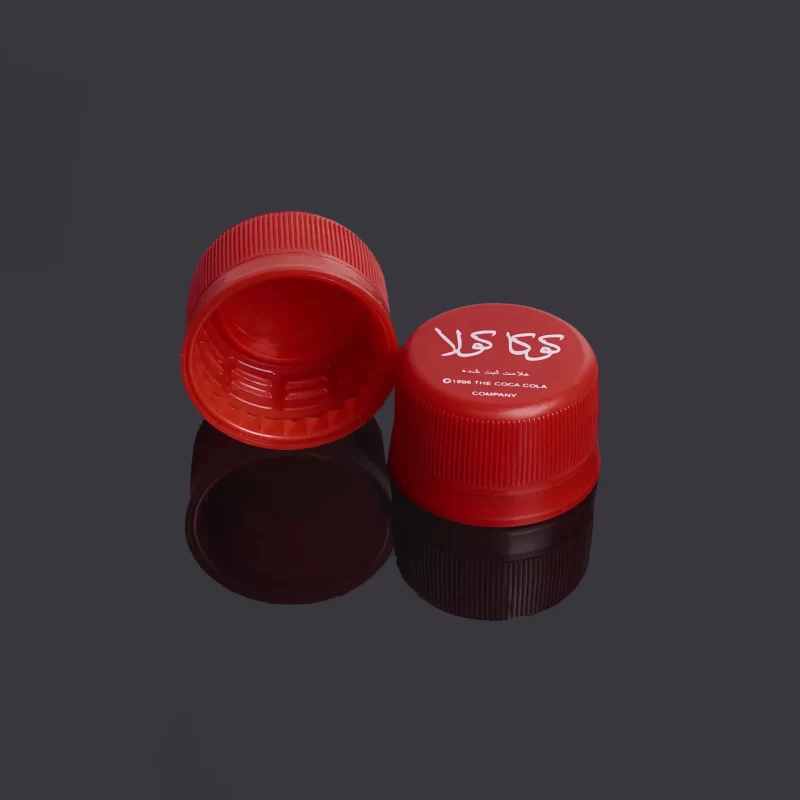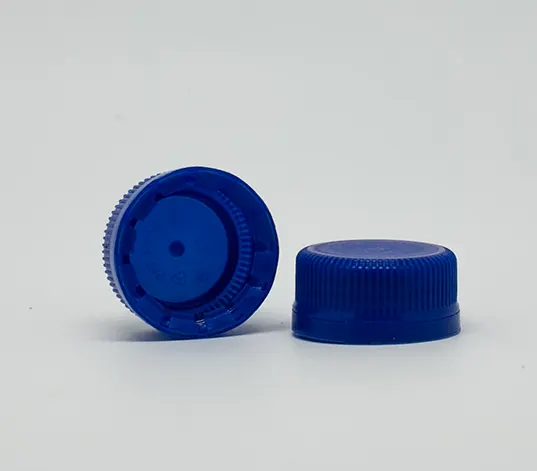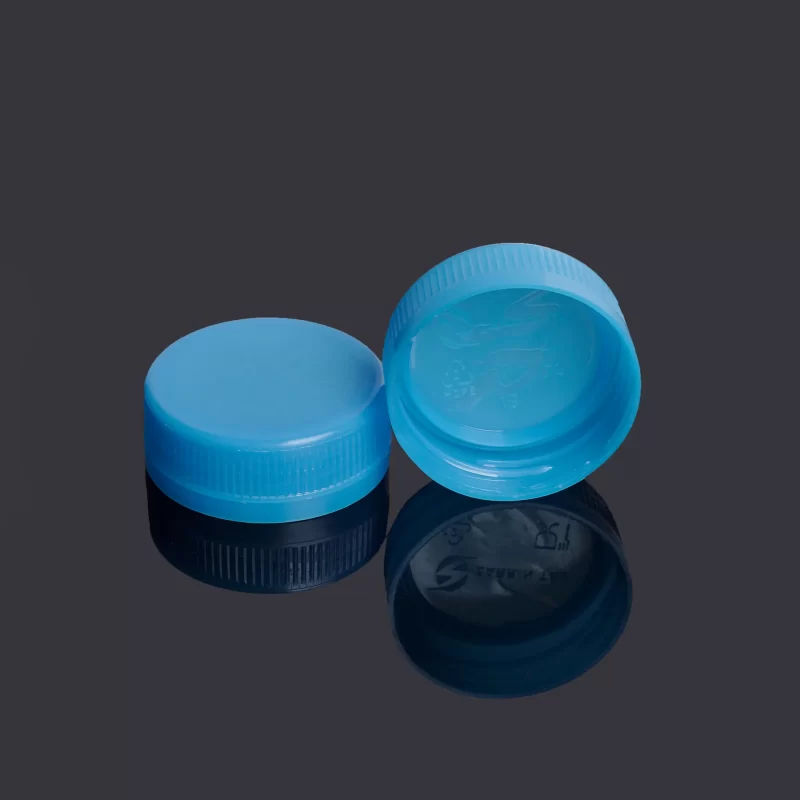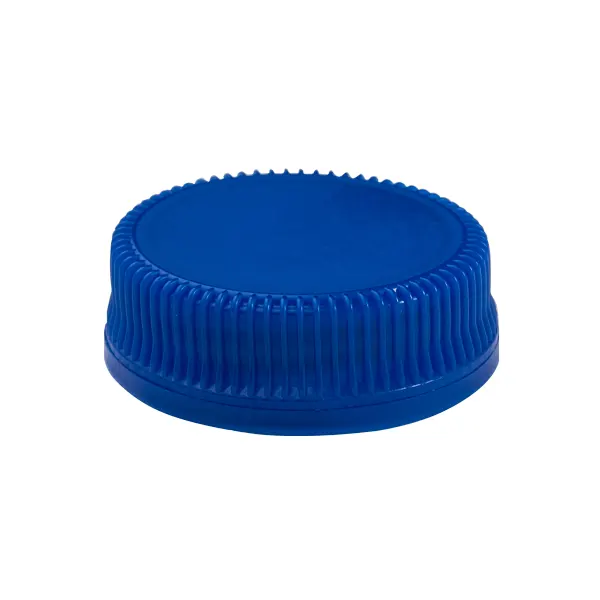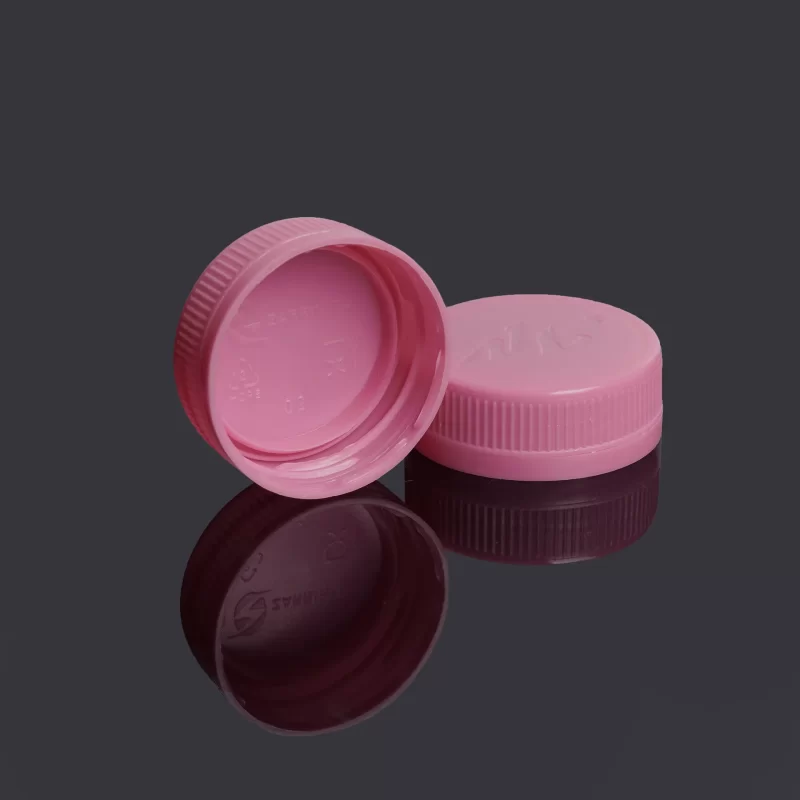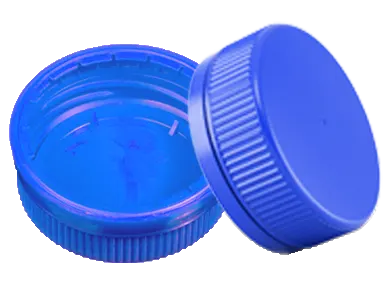In today's fast-paced world, bottle caps have become an essential part of our daily lives. Whether it's keeping our beverages fresh or ensuring the safety and quality of our medications, bottle caps play a crucial role in preserving the contents inside. Over the years, bottle caps have evolved in terms of design, materials, and sustainability. In this article, we will explore the different types of bottle caps, the materials used in their production, and how the industry is embracing sustainability
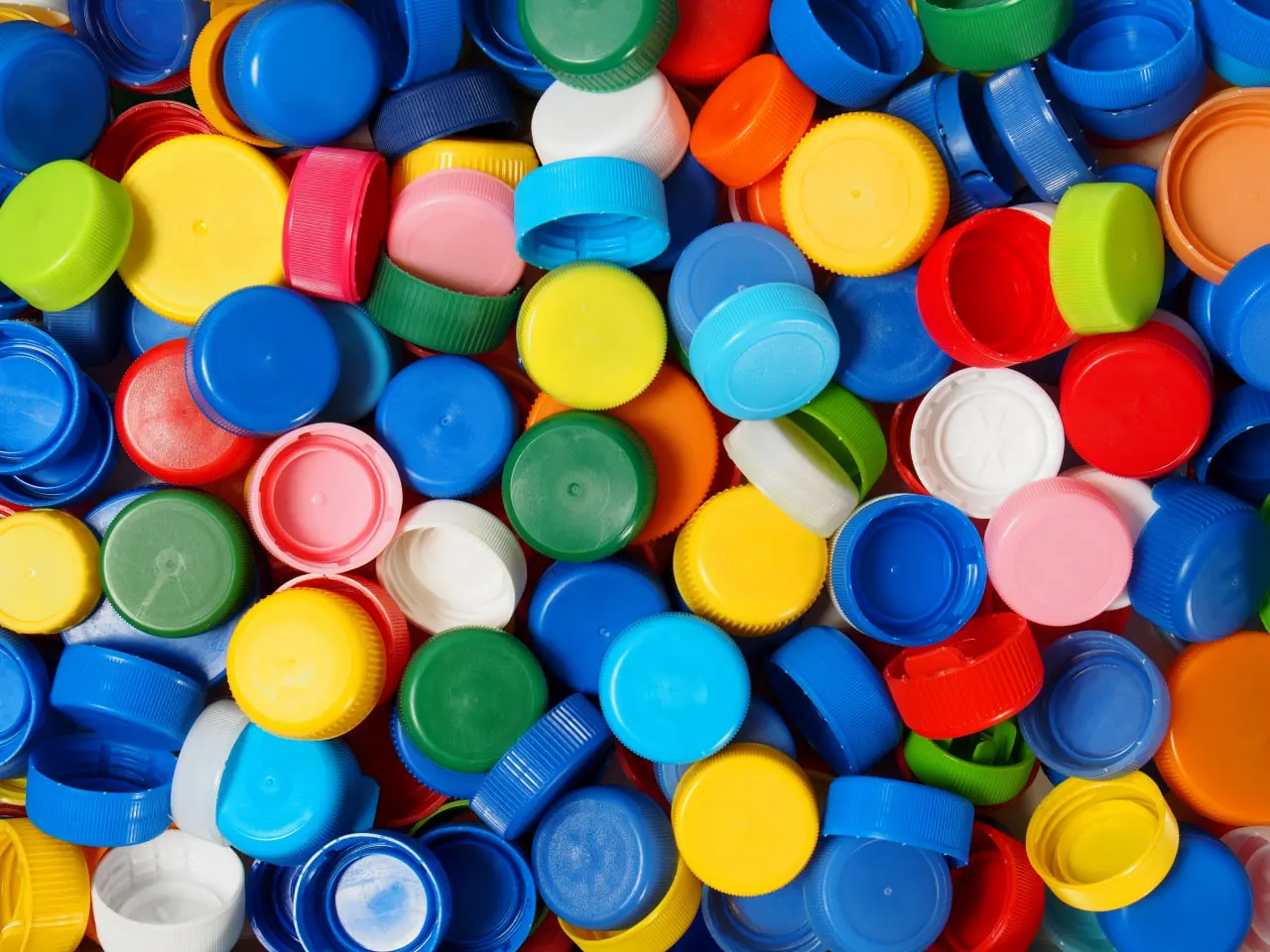
Types of Bottle Caps
Bottle caps come in various designs to cater to different types of liquids and consumer preferences. The most common type is the screw cap, which allows for easy opening and closing of the bottle. Other popular options include the flip top cap, disc top cap, and push/pull cap. Each design is tailored to meet specific needs, such as dispensing liquids or providing a secure seal to prevent leaks.
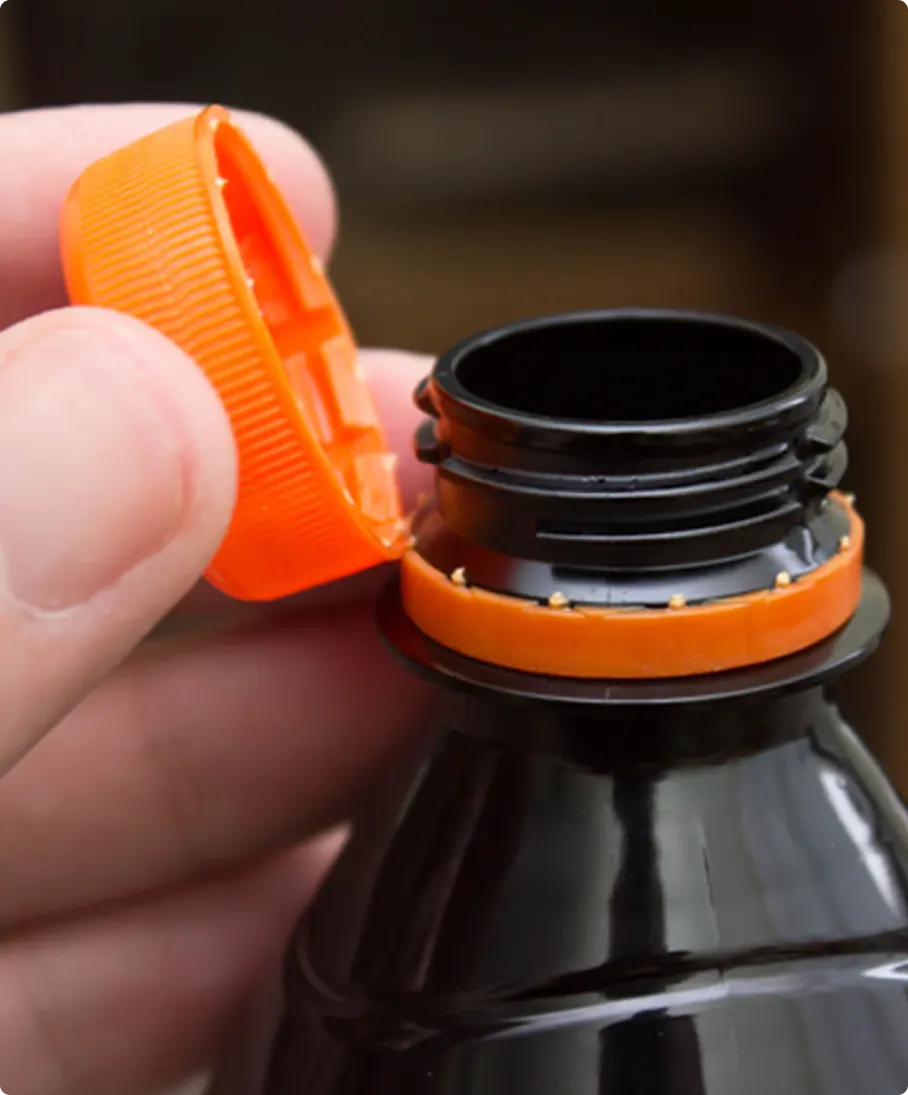
Metals
Metal caps, especially steel and aluminum, are commonly used for glass bottles. These caps provide a secure seal and are resistant to impact and temperature changes. Steel caps are often coated with chrome or tin to prevent corrosion. In some cases, metal caps may have a plastic coating for added protection and aesthetics.
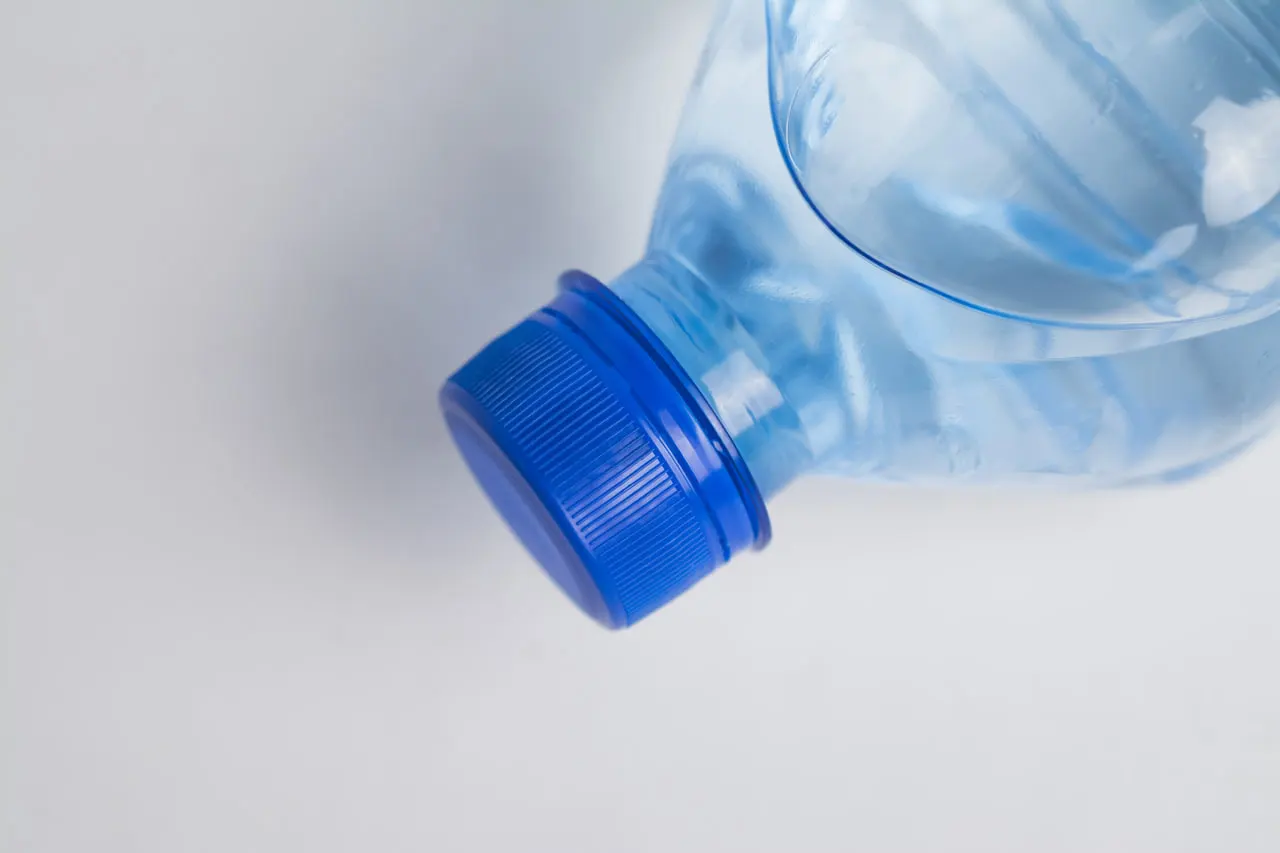
Ensuring Food Safety and Regulatory Compliance
In the food and beverage industry, bottle caps must meet strict regulations to ensure the safety of consumers. In India, the Food Safety and Standards (Packaging Regulation) mandates specific migration limits for substances from plastic materials intended to be in contact with food. Similar regulations exist in countries like Canada, the USA, Europe, Australia, and New Zealand. These regulations outline migration limits, specific requirements for plastic materials, and overall packaging standards to maintain food safety.
Embracing Sustainability in Bottle Cap Production
As the world becomes more focused on sustainability, the bottle cap industry is also making significant strides in this area. Manufacturers are actively seeking ways to reduce the environmental impact of bottle caps by using lighter materials and exploring alternative resins.
Materials Used for Bottle Caps
The choice of materials for bottle caps is crucial in ensuring their functionality and durability. The most commonly used materials for bottle caps are plastics and metals.
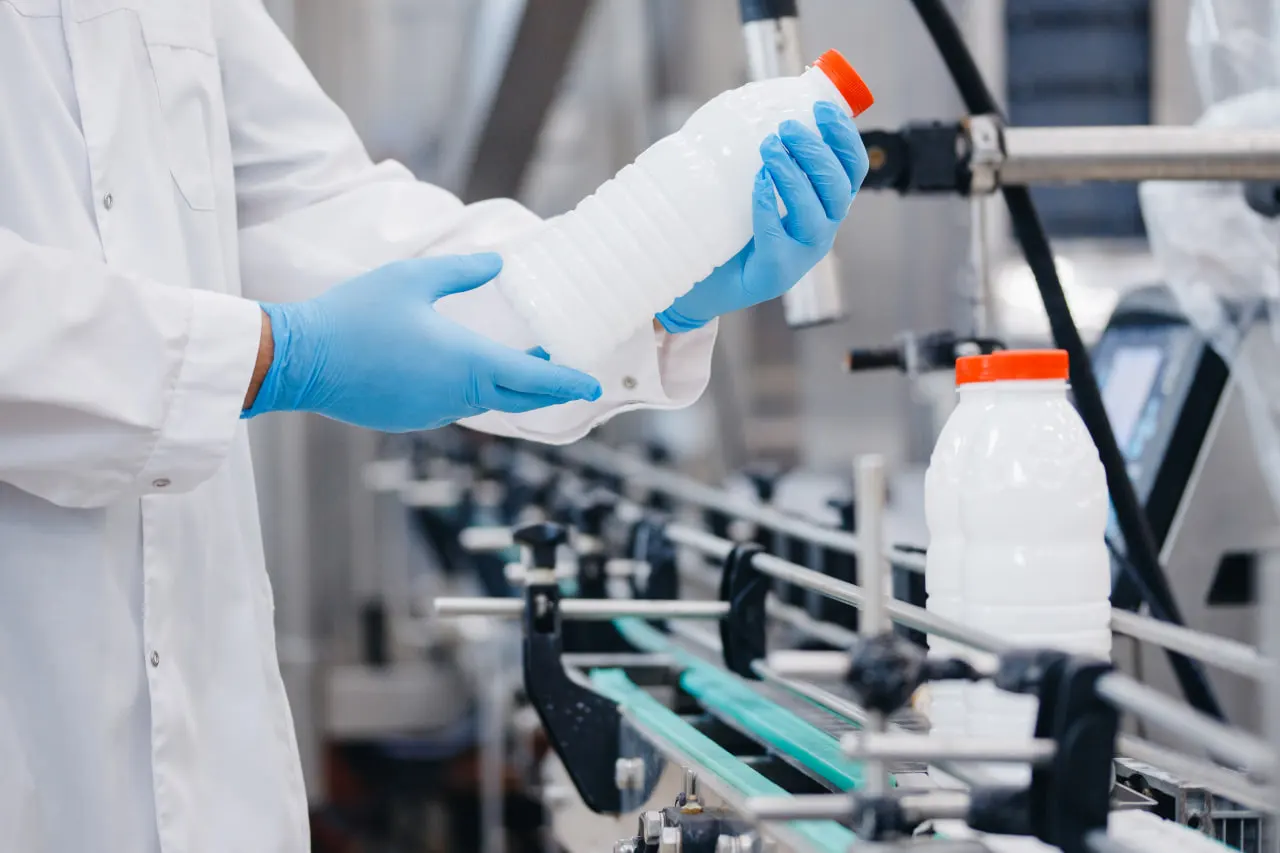
Plastics
Plastics offer a wide range of properties that make them suitable for bottle cap production. Polyethylene Terephthalate (PET) is a popular choice due to its non-toxicity, lightweight, and recyclability. It is commonly used for water and soft drink bottle caps. Other plastic options include Polypropylene (PP), Low-Density Polyethylene (LDPE), High-Density Polyethylene (HDPE), Polyvinyl Chloride (PVC), Polystyrene, and Polycarbonate. Each plastic material has its own unique characteristics, such as flexibility, strength, and chemical resistance, making them suitable for different applications.
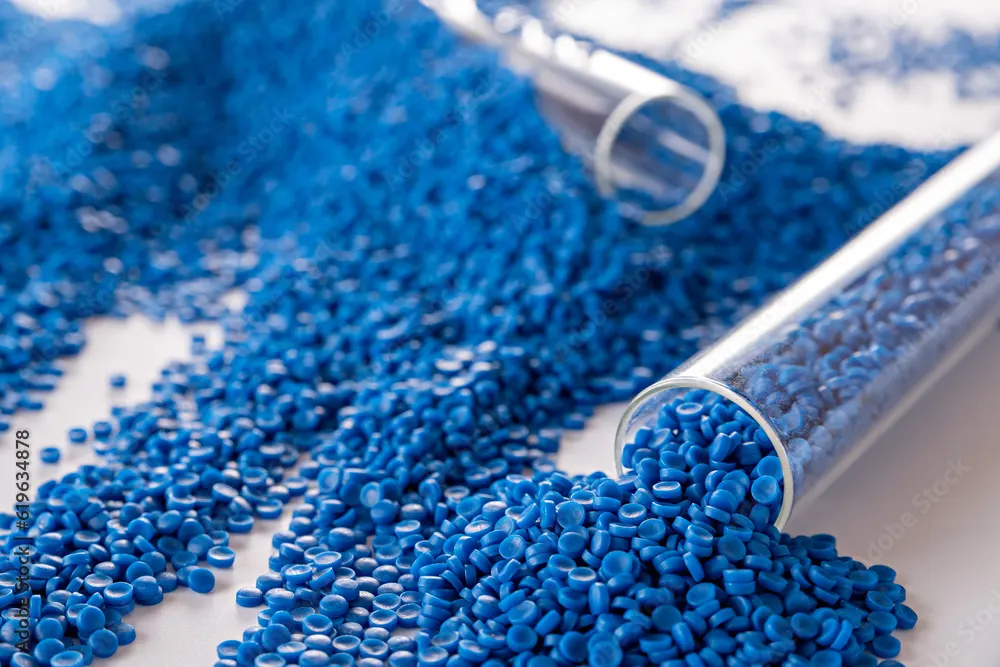
The Production Process
The production of bottle caps primarily involves the injection molding process. This process allows for high precision, uniformity in size, and excellent surface finishing. Let's take a closer look at the steps involved in the production process:
- Clamping: The mold is held in place by a clamping device, ensuring that it remains securely closed during the injection process.
- Extrusion: Plastic granules are heated and melted in a hopper. The molten plastic is then injected under high pressure into a complex mold, filling the cavities.
- Cooling: The molten plastic is cooled, allowing it to solidify and take the shape of the mold.
- Removing Products: Once the plastic has hardened, the mold opens, and the finished bottle caps are removed.
The molds used in the production process are typically made from hardened steel, pre-hardened steel, aluminum, or copper-beryllium alloy. The choice of mold material depends on factors such as cost, durability, and desired mold strength. Steel molds are preferred for high-volume production, while aluminum molds can be cost-effective for smaller production runs.
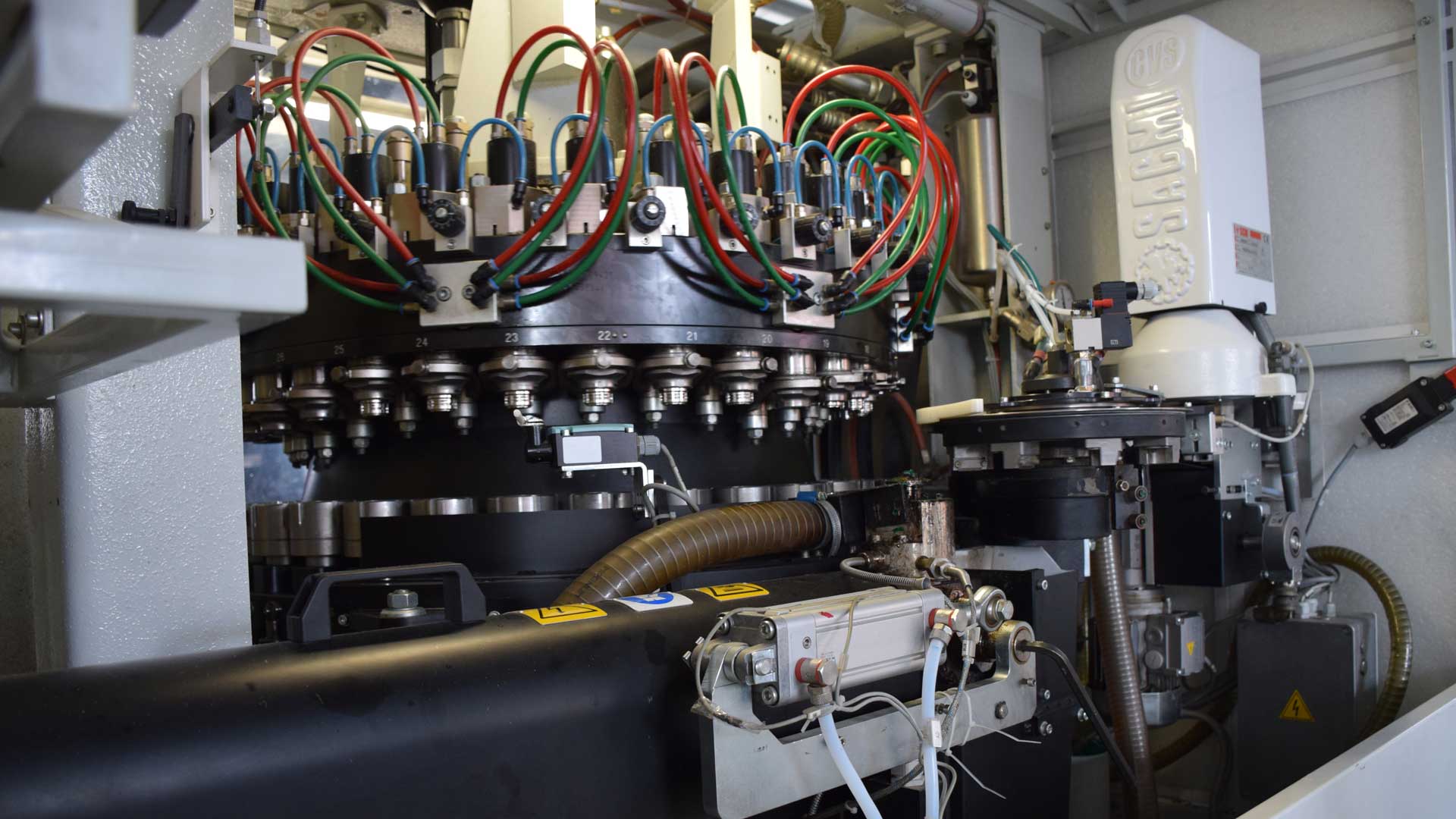
Weight Reduction
Reducing the weight of bottle caps is an important aspect of sustainability. By using modern resins and innovative design techniques, manufacturers can produce lighter caps without compromising functionality. This weight reduction helps to conserve resources, reduce transportation costs, and minimize waste.
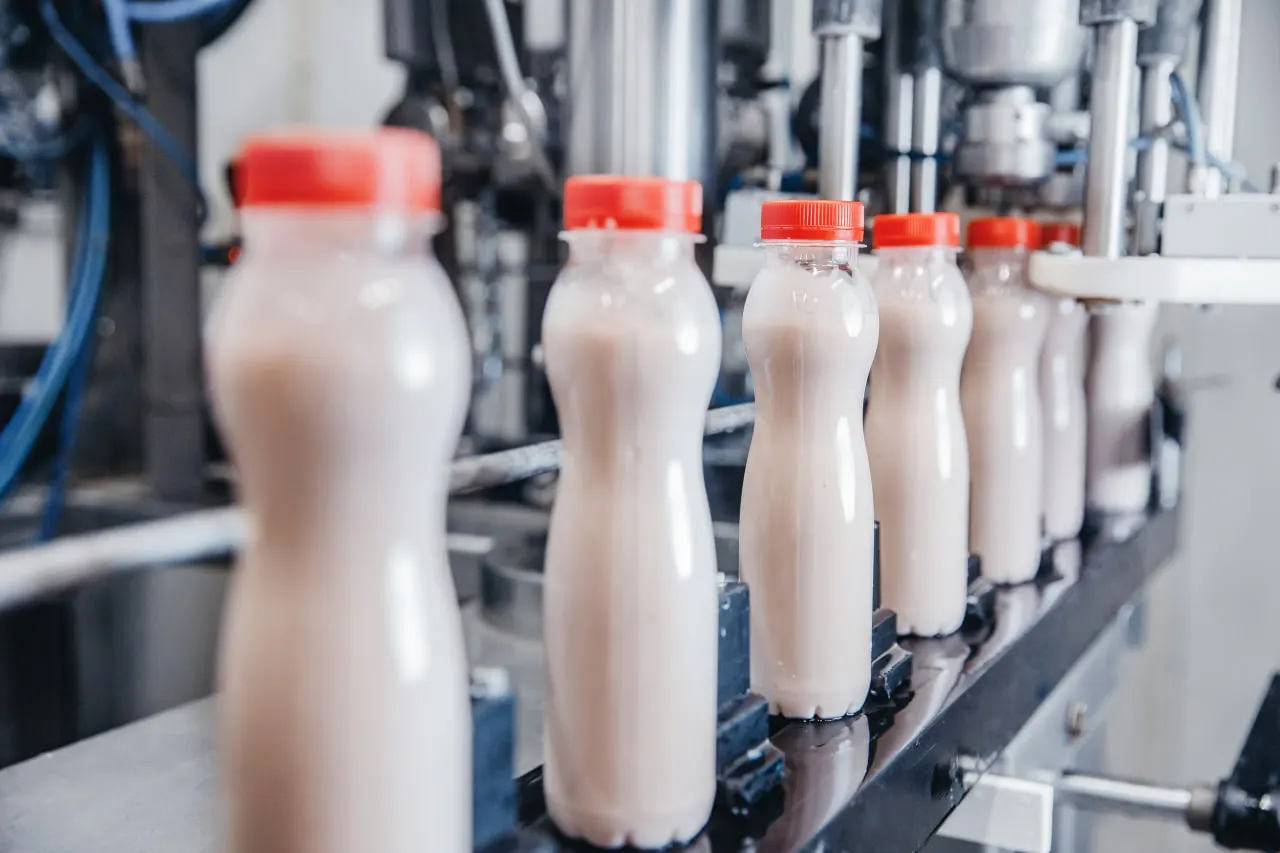
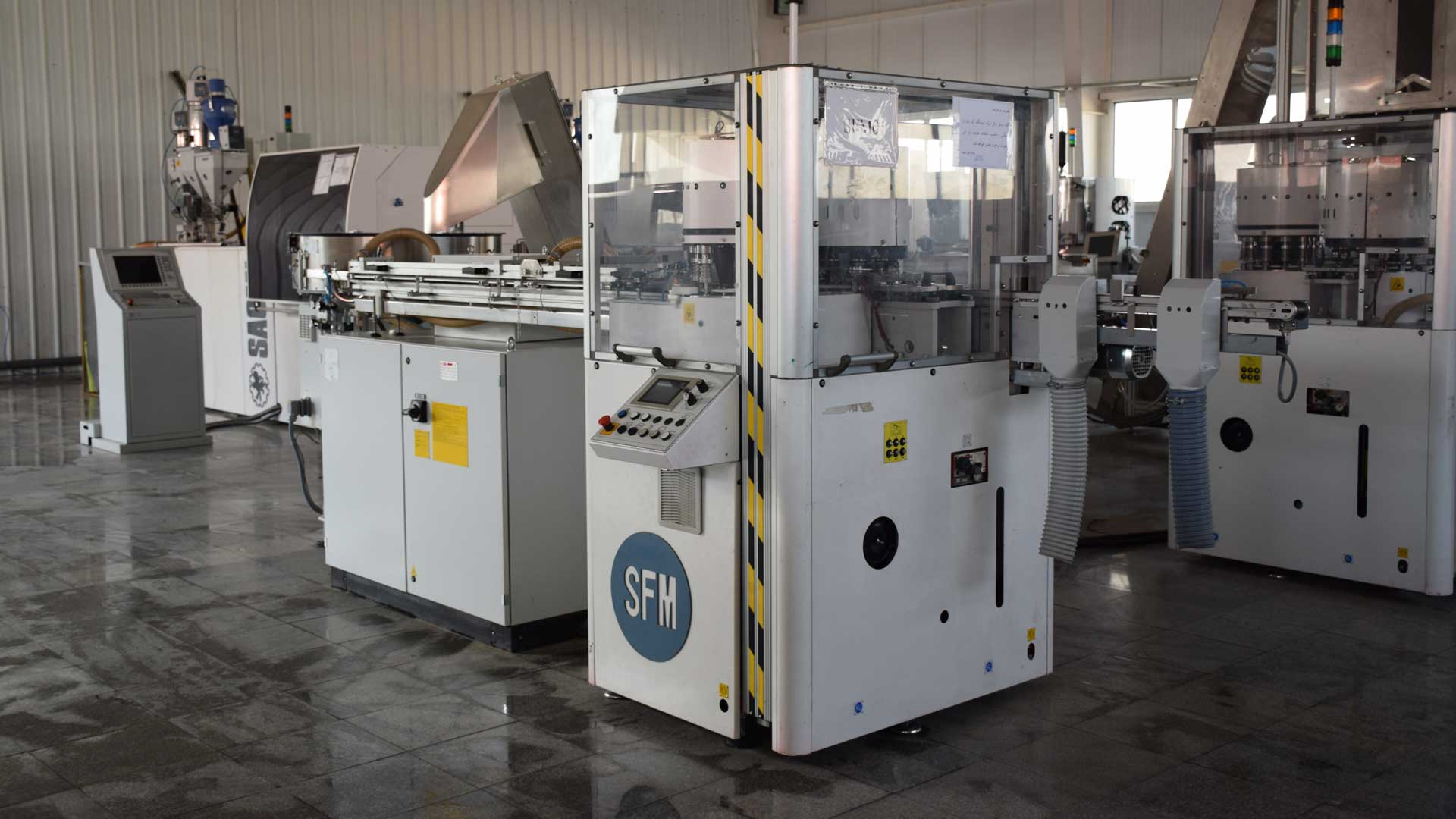
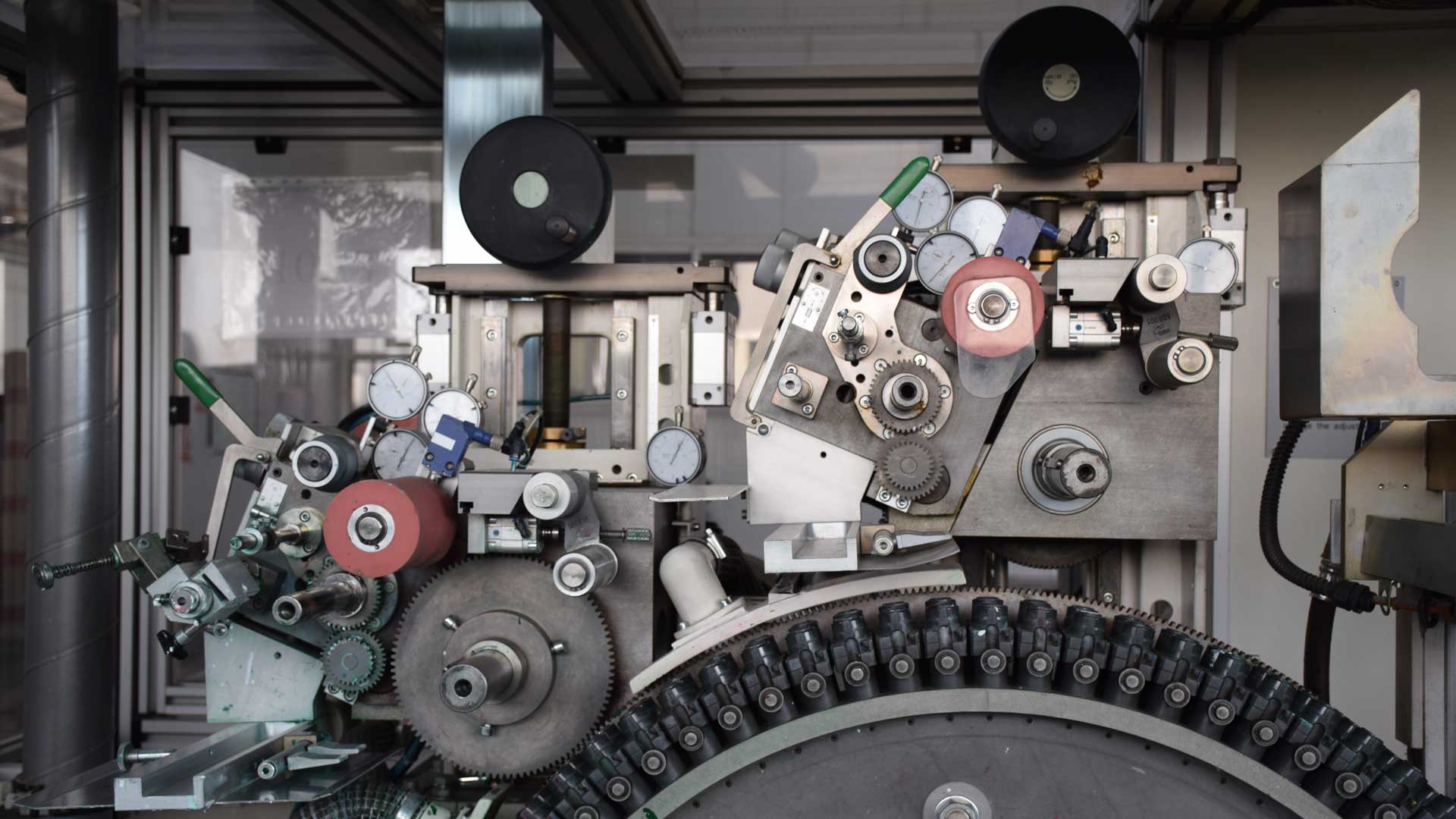
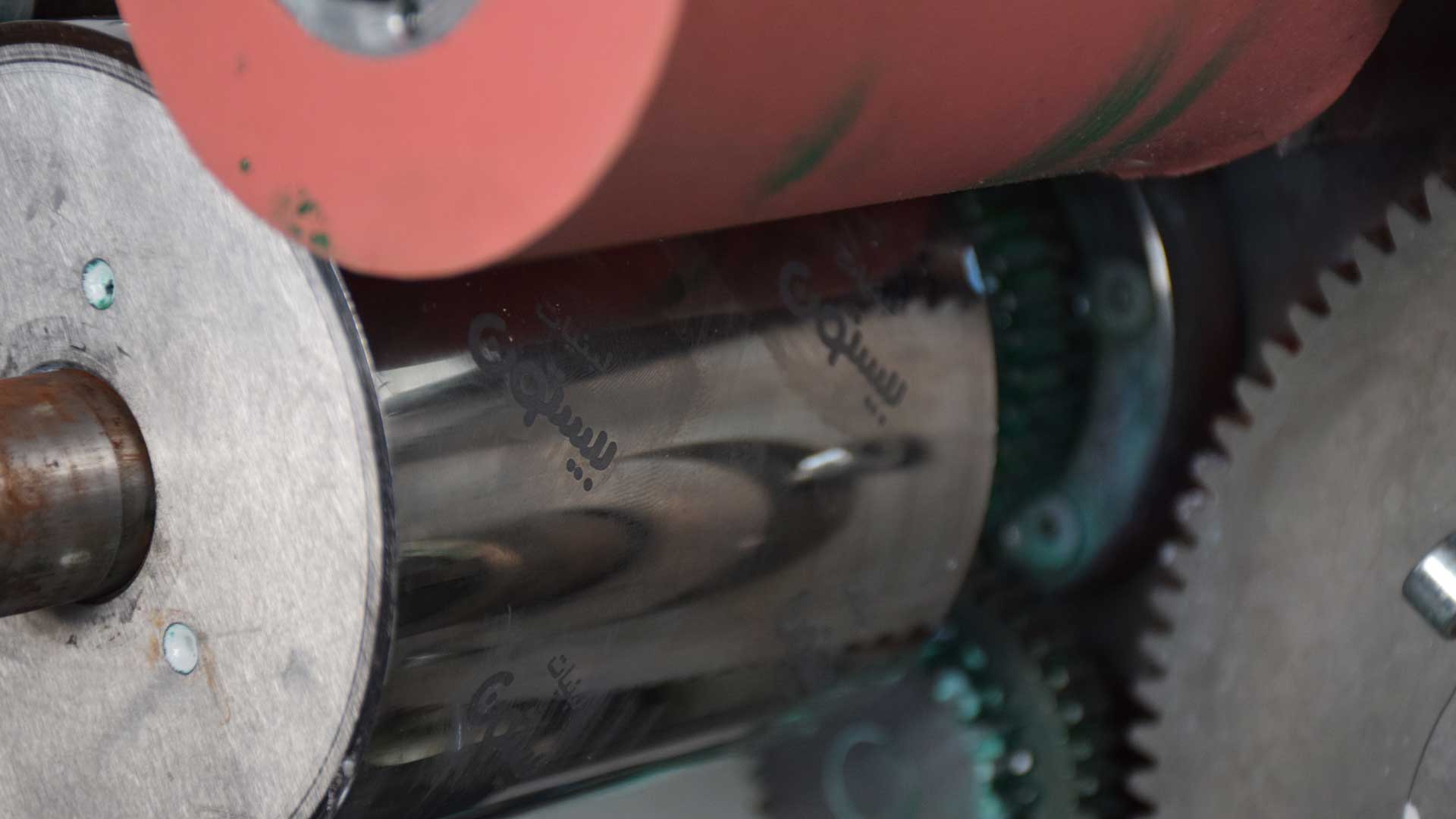
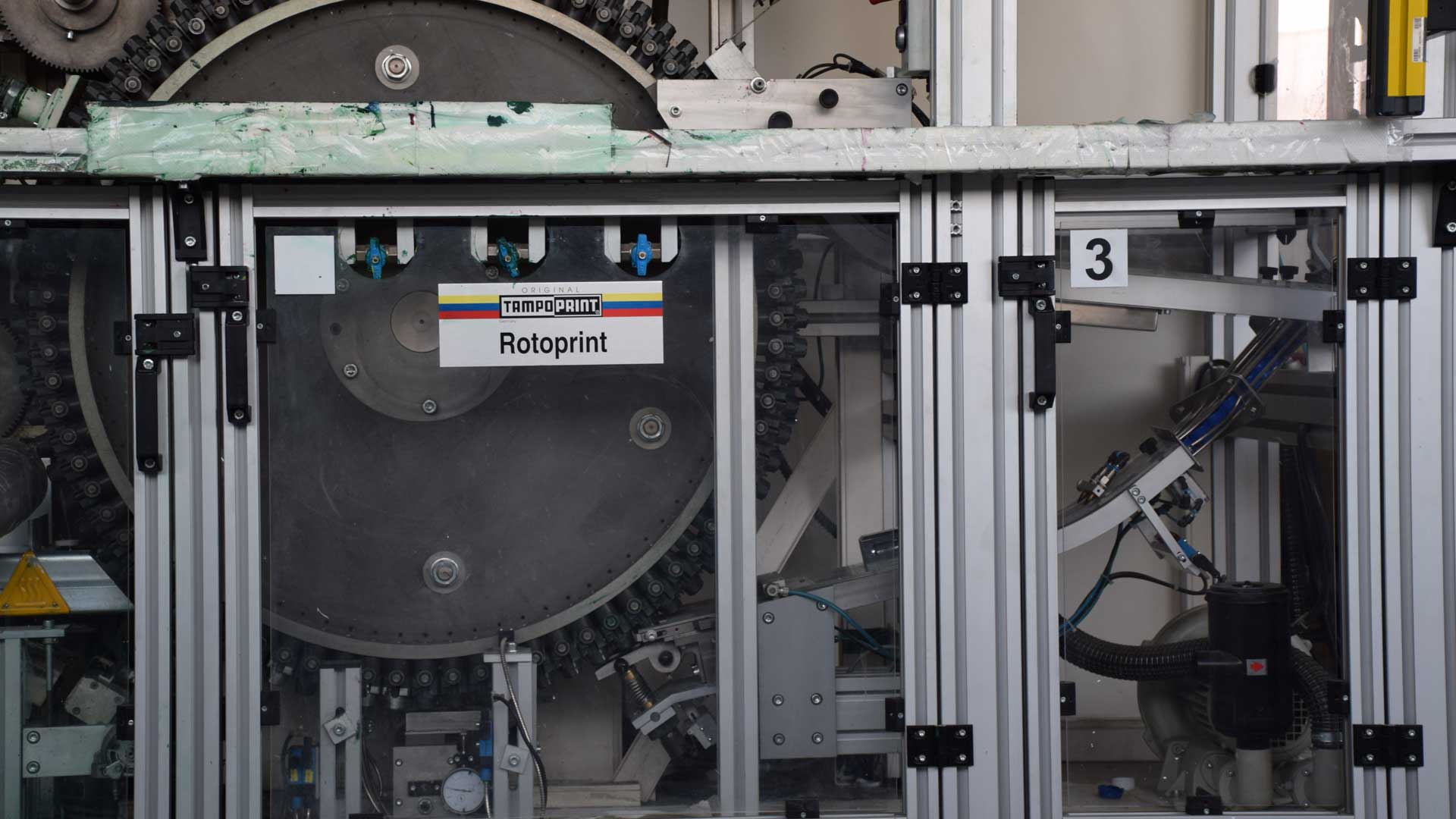
Alternative Resins
Apart from weight reduction, the bottle cap industry is also exploring alternative resins as a more sustainable option. These resins can be derived from renewable sources or recycled materials, reducing the reliance on virgin plastics. One notable example is zarrintaj cap, which offers bio-based or recycled resin options for their closures. This mass balance concept allows them to claim and certify the use of sustainable materials while still meeting food-grade requirements.
Recycling
Recycling plays a vital role in the sustainability of bottle caps. Most plastic bottle caps can be recycled, which helps to reduce the demand for virgin materials and minimize waste. Manufacturers are working closely with recycling facilities to ensure that bottle caps are properly collected and processed for recycling.
Conclusion
Bottle caps have come a long way in terms of design, materials, and sustainability. From simple screw caps to innovative flip tops, the industry continues to evolve to meet the needs of consumers and the environment. By embracing lightweight materials, alternative resins, and recycling initiatives, bottle cap manufacturers are taking important steps towards a more sustainable future. As consumers, we can also contribute by recycling our bottle caps and choosing products that prioritize sustainability. Together, we can make a significant impact in reducing waste and preserving our planet for future generations.
